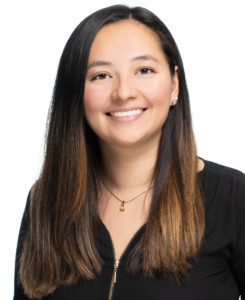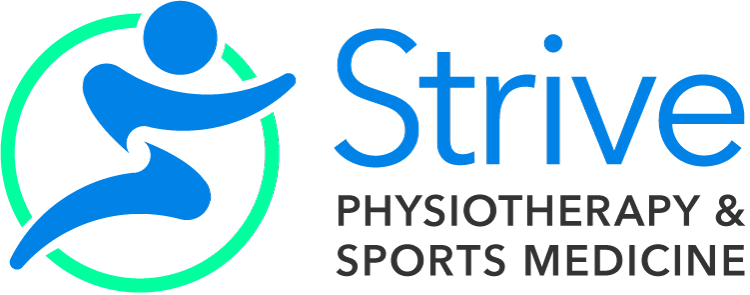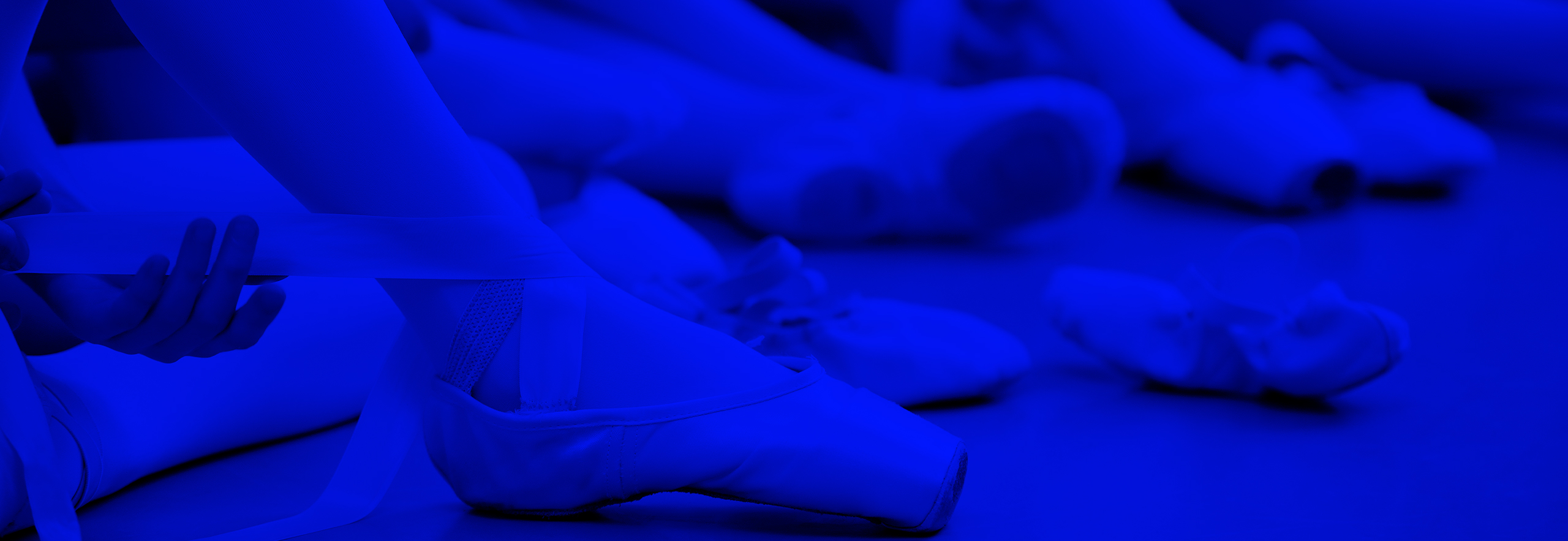What Is Achilles Tendinopathy?
Achilles tendinopathy is pain that occurs in the large Achilles tendon, located at the back of the ankle. The Achilles tendon is the point of attachment for the calf muscles to the heel of the foot, and it is important in any activity that requires shock absorption or power generation through the foot and ankle. For dancers, it is essential for demi-pointe, pointe, and jumping exercises.
What Causes Achilles Tendinopathy? What Are Common Symptoms?
Achilles tendinopathy often occurs when the foot and ankle experience excessive loading, such as a sudden increase in training volume. This increase can come from getting back on pointe after a long break or starting harder jumping combinations. It can also be impacted by the floor you are dancing on. It can occur ‘out of the blue’ or suddenly during an activity.
Common symptoms include:
• Pain when touching or squeezing the Achilles tendon.
• Pain when rising up onto demi-pointe or pointe.
• Pain during jumping exercises.
Strive Physiotherapists are up to date with the latest pain science research and how to use this to help you understand what you are feeling and why. Our Physiotherapists know that when pain science education is combined with an individualized exercise prescription, patients with pain are able to better manage their pain and meet their goals.
Strive Physiotherapists have the hands-on skills to complement this knowledge, which includes soft tissue release, massage, manual and manipulative therapy, mobilizations with movement, McKenzie method, acupuncture and dry needling. and other modalities such as Extracorporal Shockwave Therapy. Our Physiotherapists use their extensive tool box to help you manage and resolve pain, enhance mobility and improve your ability to function at your best.
How Can Sports Medicine/Physiatry Help My Achilles Tendinopathy?
In most cases, the conservative management described above is extremely effective in helping you to overcome the symptoms of your Achilles tendinopathy and get back to dancing pain-free. However, in some cases you may need to see a sports medicine physician. Your sports medicine physician will be able to order imaging such as an ultrasound or x-ray to determine if there is anything that is slowing down the healing process. For younger dancers, if the Achilles pain is associated with heel pain, your sports medicine physician can help you rule in/out Sever’s disease, a condition which affects the growth plate in the calcaneus (the heel bone). They can also perform provide medications both oral and topical, or nitric oxide patches to help with your recovery.
How Long Does It Take To For Me To Recover From My Achilles Tendinopathy?
For someone with an Achilles tendinopathy, it typically takes around 3-6months until they feel that they are ‘back to normal’. In some cases, however, it can take more than a year. It is a long process, BUT if you commit to your journey, you will have the strategies to not only manage your pain in the short term, but self-manage any recurrences of this pain down the road.
What Are The Best Exercises To Help With My Achilles Tendinopathy?
To get started with some exercises to help you recover from your Achilles tendinopathy, check out the Achilles Tendinopathy Home Exercise Program. Please keep in mind that these exercises were designed as a place to start to address your symptoms. These exercises should not be performed or continued if they cause or increase your pain in any way. Using these exercises for self-management of your symptoms does not replace the value of being assessed by a Health Professional. If you find you need help, let a Strive Health Professional help you, book your time today!
What Can I Do To Treat Achilles Tendinopathy At Home And In The Studio?
• Avoid doing the things that aggravate your symptoms.
• in dance class, avoid pointe work and jumping for a time until your pain has decreased. For relevé exercises, only do a volume that does not bring on your pain (that may be 1-2 exercises or that may be none at the start).
• Self-massage or foam rolling to the muscles of your calf frequently throughout class.
• Sometimes, when the Achilles is acute enough that even walking bothers it, a small heel cup or lift can be used in your running shoes when outside of the studio to ensure that your regular activities in the day aren’t aggravating your pain so much that you are too sore to dance by the time you are in class.
Not Sure If Physiotherapy Is Right For You?
We are here to help! Call us at (416) 486-4776 to book a free 10-minute phone consultation with Grace Underwood, a Physiotherapist who is experienced with dance rehabilitation. She was a dancer like you and so she understands the unique needs of dancers. Schedule a time to chat with her to find out if Physiotherapy is right for you.

Written in 2021 by Danna Epstein Marcus, Registered Physiotherapist
Grace Underwood
BComp (Honours), MSc in Computing, MScPT
Registered Physiotherapist
Grace completed her Master of Science in Physical Therapy at the University of Toronto. Before physiotherapy school she obtained a Bachelor of Computing with a specialization in biomedical applications and a Master of Science in Computing from Queen’s University. After completing her physiotherapy education, she has completed courses in taping and dry needling. Grace is passionate about orthopaedic Physiotherapy and plans to continue her post-graduate education by pursuing courses in manual therapy, acupuncture, and sport physiotherapy.


